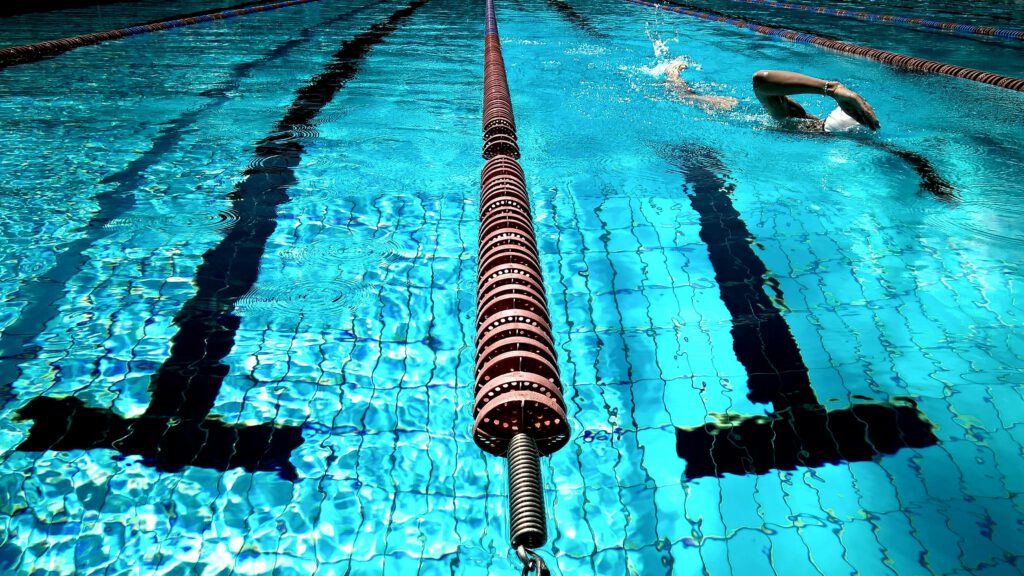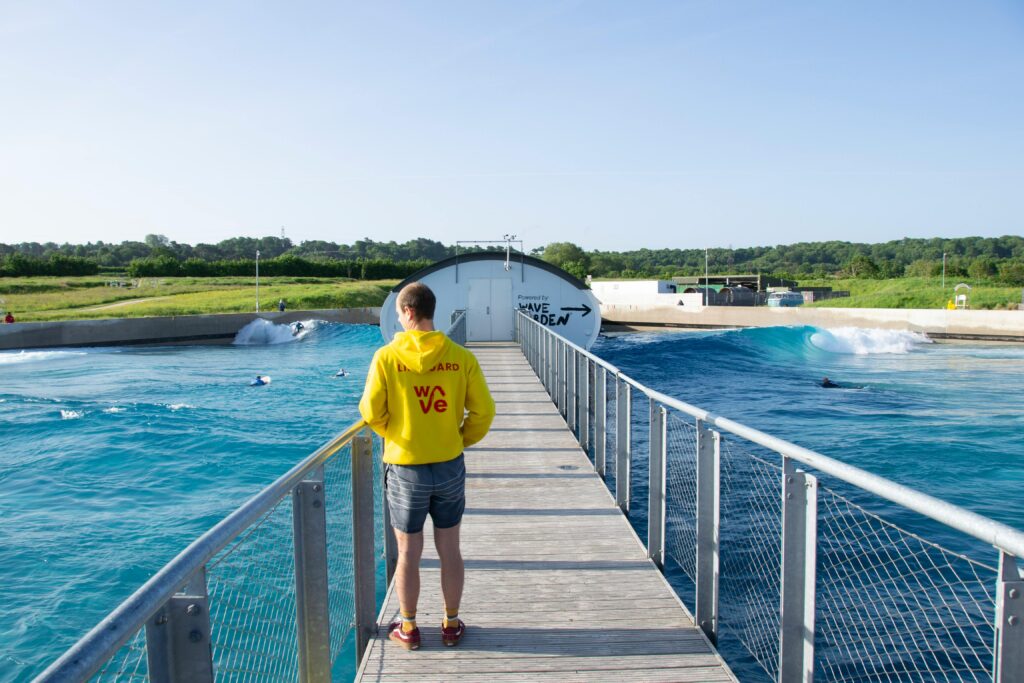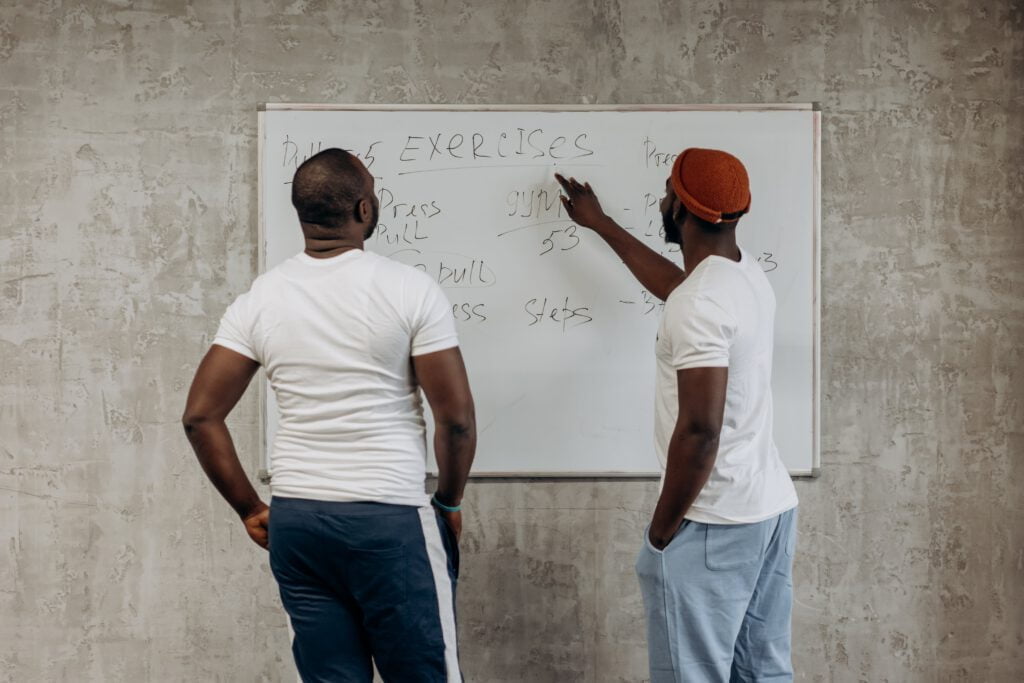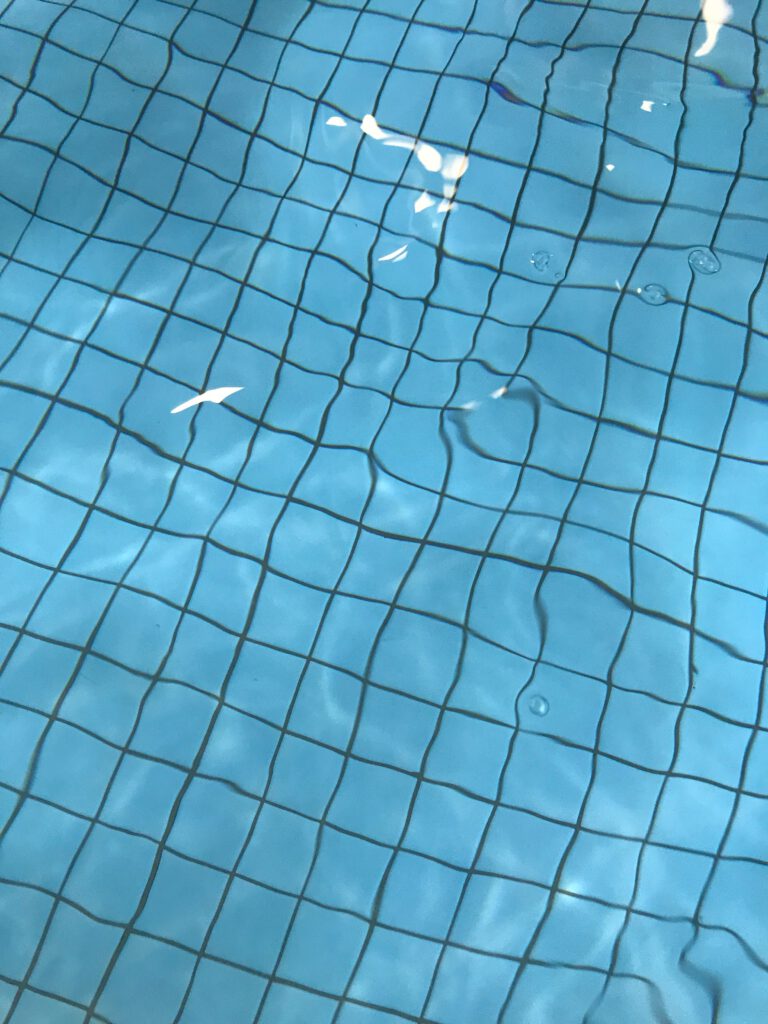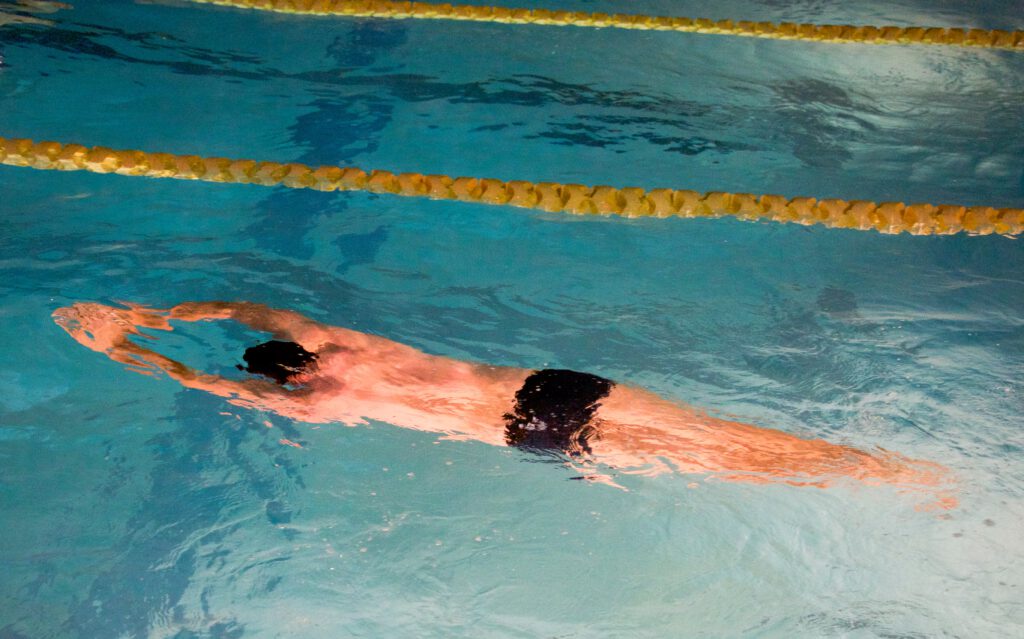
Three Swimming Tips for Adult Beginners: Offering Advice for Those New to Swimming
Swimming is often considered a life skill, a form of exercise, and a means of relaxation all rolled into one. For adults who are new to swimming, taking those first strokes in the water can be an exciting but sometimes daunting experience. Whether you’re looking to improve your swimming skills for fitness or simply conquer your fear of the water, there are some essential tips and techniques that can help make your journey as an adult beginner smoother and more enjoyable. In this article, we will explore three fundamental swimming tips for adult beginners, emphasizing the development of basic skills.
Get Comfortable in the Water
One of the primary challenges for adult beginners is overcoming the fear or discomfort associated with being in the water. To truly enjoy swimming, it’s crucial to develop a sense of comfort and confidence in the aquatic environment. Here are some steps to help you become more at ease in the water:
A. Start with Shallow Water: Begin your aquatic journey in the shallow end of the pool. Here, you can stand with your feet touching the pool floor, giving you a sense of security. Spend some time in this area, letting the water come up to your waist. Gradually, move deeper into the pool as your comfort level increases.
B. Practice Breath Control: Learning to control your breath is essential for swimming. Inhale deeply through your nose, and then exhale slowly through your mouth while submerged in the water. This practice helps you regulate your breathing and feel more relaxed.
C. Use Buoyancy Aids: Buoyancy aids like floaties, kickboards, or noodles can be a big help. These tools help you stay afloat and reduce the fear of sinking. Using them allows you to focus on your movements and build your swimming skills without worrying about staying on the surface.
D. Seek Professional Guidance: Consider enrolling in swimming lessons with a qualified swim instructor. They can provide expert guidance, support, and reassurance as you begin your swimming journey. Instructors can tailor their teaching approach to your specific needs, making the learning process less intimidating.
Master Basic Floating and Kicking Techniques
Before diving into the intricacies of various swimming strokes, it’s essential to master basic floating and kicking techniques. These foundational skills will build your confidence and prepare you for more advanced swimming. Here’s how to get started:
A. Floating:
Floating is a fundamental skill It helps you conserve energy and stay on the water’s surface. To practice floating:
- Lie flat on your back with your arms extended slightly to the sides and your legs straight. Take a deep breath and exhale slowly, relaxing your body.
- Keep your face above the water and allow your body to float naturally.
- Maintain a gentle flutter kick to keep yourself afloat.
B. Kicking: Once you are comfortable with floating, practice kicking techniques. There are two primary types of kicks in swimming: flutter kick and breaststroke kick.
- Flutter Kick: This kick is used in strokes like freestyle and backstroke. To practice it, lie on your back, extend your legs, and kick gently from the hips, keeping your legs straight but not rigid.
- Breaststroke Kick: For the breaststroke kick, you begin with your legs together. Bend your knees bring your feet toward your buttocks, and then push your legs outward and back together in a circular motion.
C. Combine Floating and Kicking: Combine floating and kicking techniques to start moving through the water. As you kick, maintain your relaxed, horizontal position on the water’s surface. You can use a kickboard to help support your upper body as you practice.
Learn Basic Strokes
Once you have mastered floating and kicking, it’s time to learn the basic swimming strokes. Two of the most beginner-friendly strokes are the freestyle (front crawl) and backstroke. Here’s how to get started with these strokes:
A. Freestyle (Front Crawl):
- Start by floating on your stomach with your arms extended in front of you and your legs straight behind you.
- Begin the stroke by moving one arm in a circular motion underwater while the other arm remains extended.
- Simultaneously, kick your legs gently in a fluttering motion.
- As one arm pulls through the water, the other arm should recover by extending forward.
- Rotate your head to the side to breathe in and then exhale in the water.
- Continue this alternating arm movement and breathing rhythm.
B. Backstroke:
- Begin by floating on your back with your arms extended to the sides and your legs straight.
- Move your arms in a circular motion, one arm at a time, similar to freestyle, but with your palms facing upward.
- As you move your arms, kick your legs gently in a fluttering motion.
- Keep your face above the water, or if you prefer, use a rhythmic head-turning technique to breathe.
Learning these basic strokes will provide you with a foundation for swimming. As you become more proficient, you can explore other strokes like the breaststroke and butterfly. Remember, practice is essential, and it’s normal to make mistakes along the way. Consistency and patience are key to improving your swimming skills.
In conclusion, swimming can be a fulfilling and enjoyable activity for adult beginners. Overcoming the initial fear and discomfort in the water is a significant hurdle, but with time, practice, and the right guidance, you can develop essential swimming skills. Starting with building comfort in the water, mastering basic floating and kicking techniques, and learning the freestyle and backstroke strokes will set you on the path to becoming a confident and competent swimmer. So, take that first leap into the pool, and let the water become your friend as you embark on your swimming journey. This guidance draws from my extensive background as a Swim Instructor with 15 years of experience and as a Swimmer for 30 years. If you seek further information or assistance, we’re here to help. Our team of experienced swim instructors, based in Toronto, Canada, is readily available to provide advice. The best part? Joining us is free!

